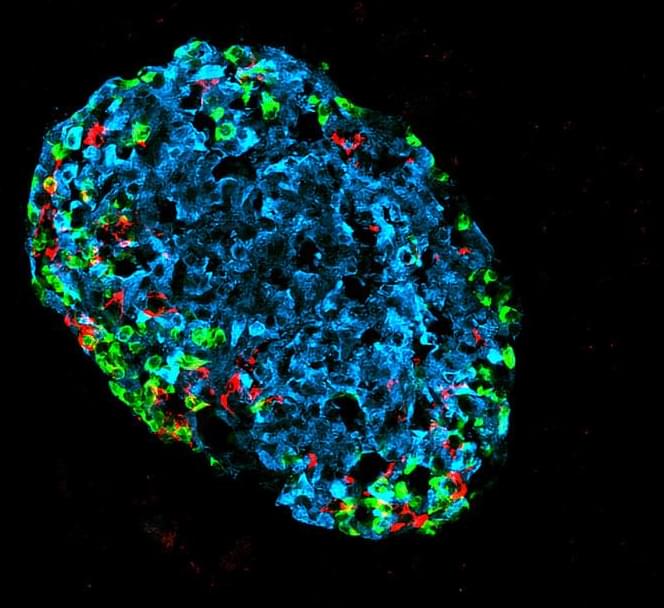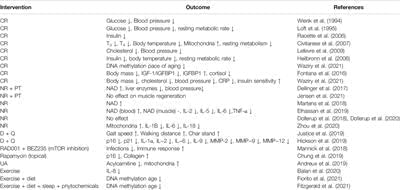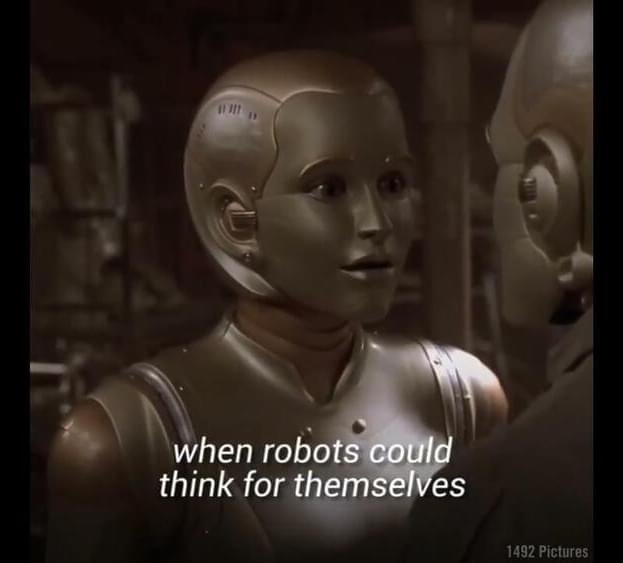Apr 3, 2022
Mark Zuckerberg — Founder and CEO of Meta | The Tim Ferriss Show
Posted by Gemechu Taye in categories: augmented reality, biotech/medical, business, computing, virtual reality
It’s a reference to the evil form in the ‘Lord of the Rings’ books. For those unfamiliar with the ‘Lord of the Rings” books and movies, the Eye of Sauron is the chief antagonist in the series, exemplified as a flaming eye and that is a metaphor for pure evil. It’s not something anyone would want to be compared to unless, of course, you are Meta founder and CEO Mark Zuckerberg.
Mark Zuckerberg on Long-Term Strategy, Business and Parenting Principles, Personal Energy Management, Building the Metaverse, Seeking Awe, the Role of Religion, Solving Deep Technical Challenges (e.g., AR), and More | Brought to you by Eight Sleep’s Pod Pro Cover sleeping solution for dynamic cooling and heating (http://eightsleep.com/Tim), Magic Spoon delicious low-carb cereal (http://magicspoon.com/tim), and Helium 10 all-in-one software suite to sell on Amazon (https://helium10.com/tim).
Continue reading “Mark Zuckerberg — Founder and CEO of Meta | The Tim Ferriss Show” »

















